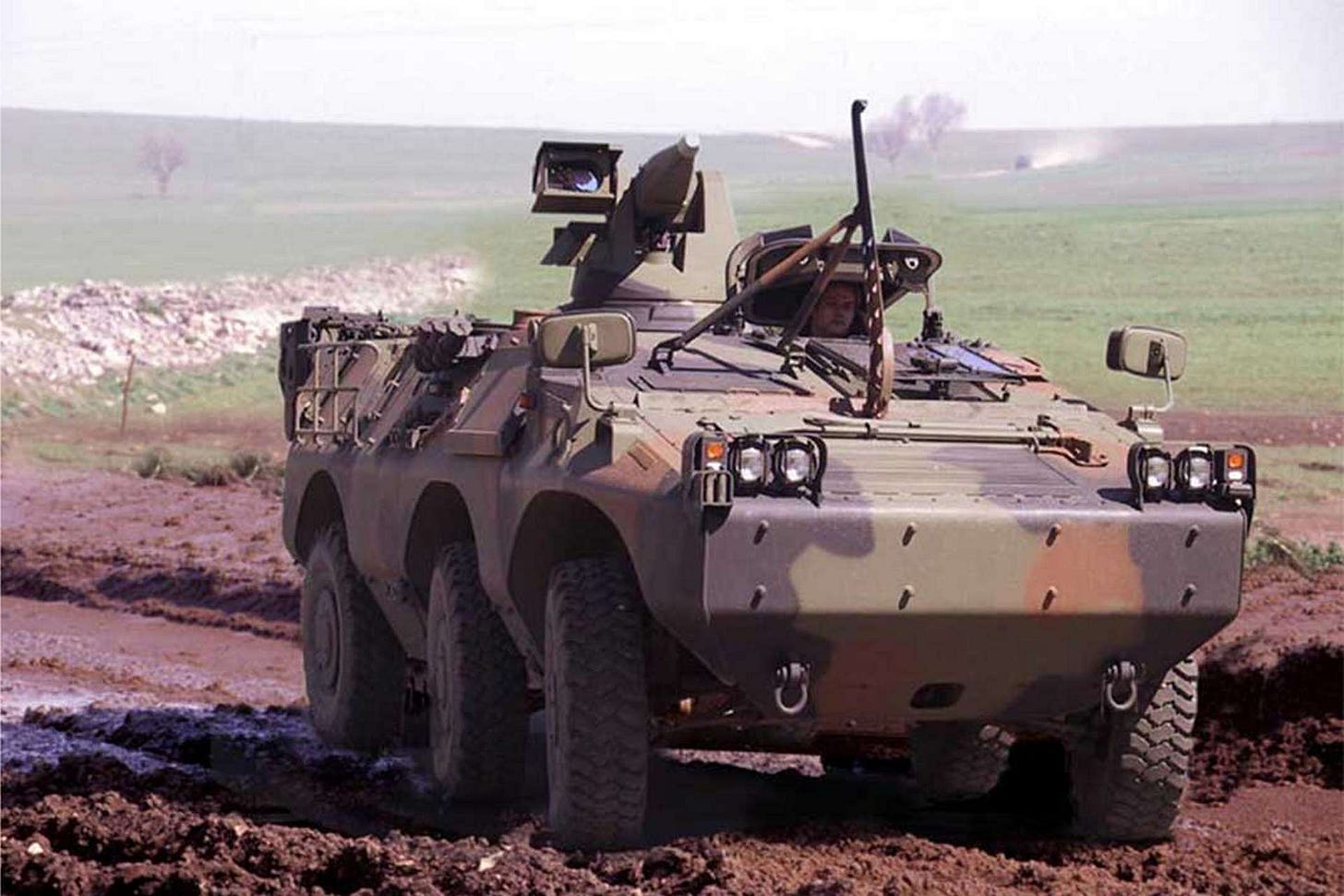Italian Puma 6x6 APCs Surface in Ukraine — Without a Paper Trail
How did they get there? Was it a covert delivery? A private deal? A NATO-brokered backchannel?
The war in Ukraine just got a little more mysterious. Italian-made Puma 6x6 armored personnel carriers are now confirmed to be in active use by Ukrainian forces, specifically with the 81st Infantry Brigade.
But there’s a catch: no one knows how they got there. Unlike previous arms transfers loudly…




